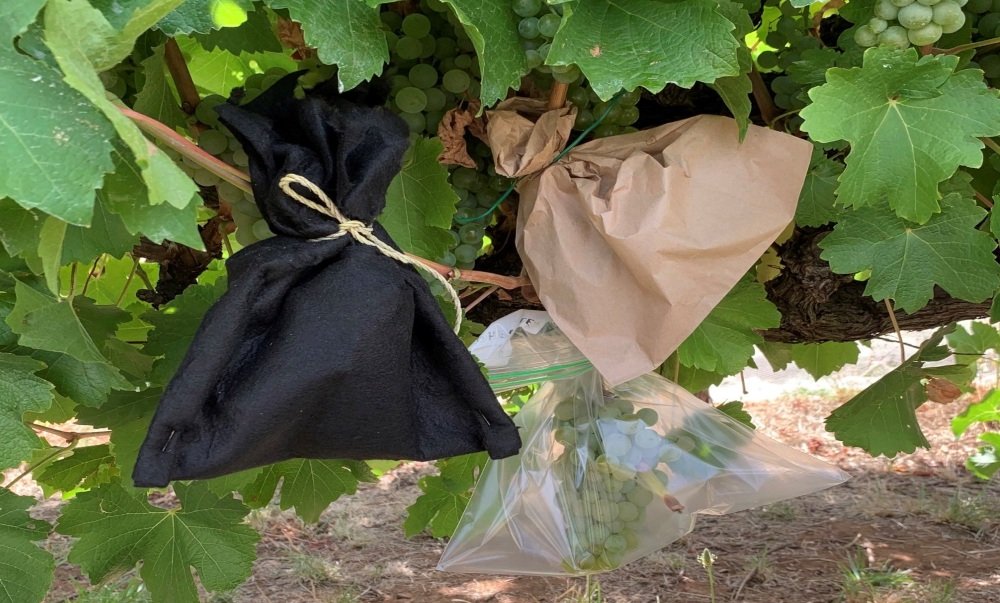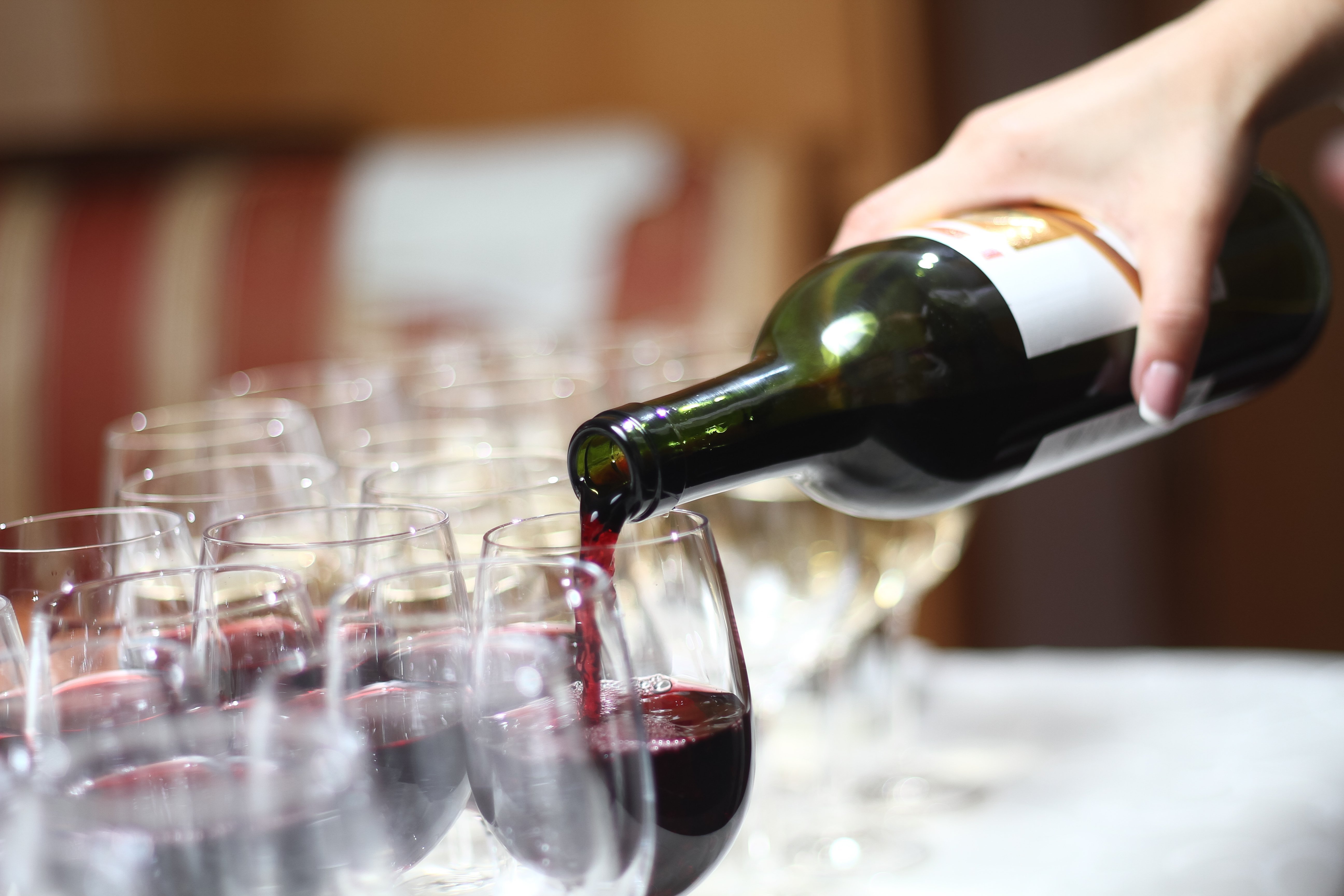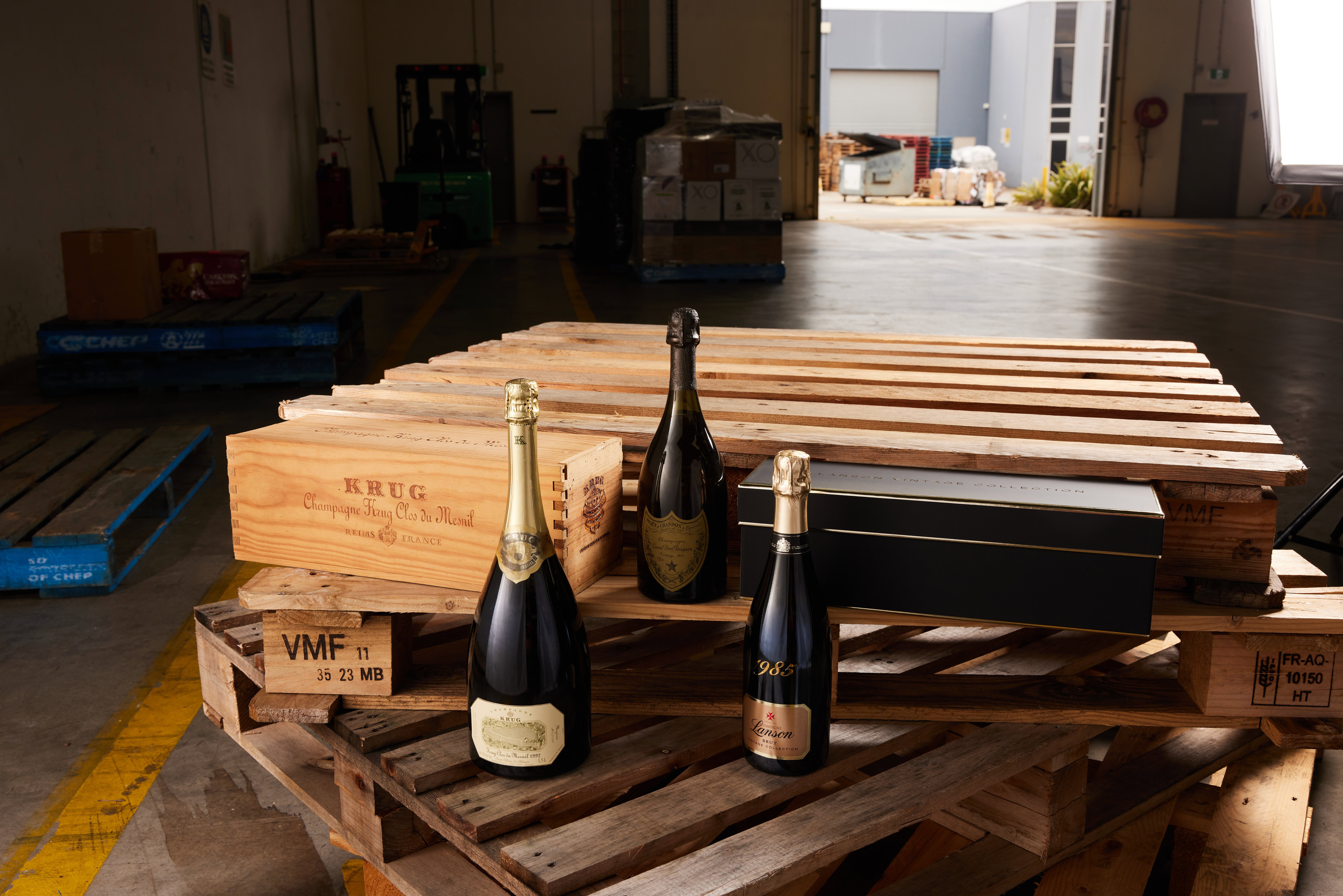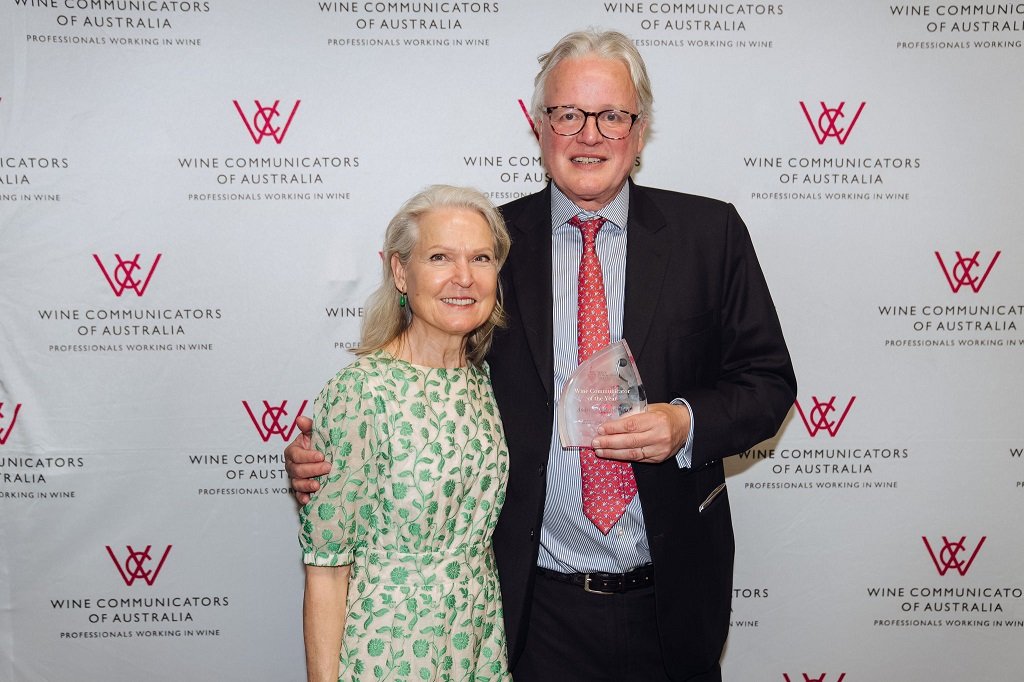Professor Kerry Wilkinson has unveiled results showing that 97 per cent of grapes were protected from smoke taint when covered with newly developed carbon activated (AC) hoods.
Prof Wilkinson revealed the findings at the Australian National Wine Sector Bushfire Conference and are part of a research partnership between the University of Adelaide and California’s Peter Michael Winery. Sir Michael initiated the research following the Californian fire season of 2020. Sir Peter Michael’s winemaker, Robert Fiore, is also a geophysicist and oenologist.
“After five years of California wildfires, we have accepted that they are now endemic and a global challenge,” said Sir Peter Michael. “I had the germ of an idea and with the scientific knowledge of Robert and Kerry, we were able to realize it with astounding results.”
Prof Wilkinson and her team simulated real-world smoke conditions for the trials both in the field on the vine and in a controlled smoke box. Grape clusters were covered with a specially woven activated carbon hood that allowed air ventilation but successfully trapped virtually all smoke particulates.
She said, “We were pleased with the early results and extended those trials that demonstrated the carbon hood to be even more promising.”
However, more trials are needed and the Adelaide and Californian teams are calling on producers and manufacturers to collaborate in trials to further the research program and verify the technology. (Contact details are below.)
At last week's conference, Prof Wilkinson showed examples and results for some of the completed experiments that proved the effectiveness of this new technology.
Early field trials involved the application of smoke to Sémillon grapevines and showed that enclosing fruit in the activated carbon hoods prevented exposure to smoke, such that the volatile phenols measured as chemical markers of smoke taint were barely detected in protected grapes - while concentrations up to 21 ug/L were found in smoke-exposed grapes.
“Winemakers and vineyard managers have been searching for a solution to smoke exposure for several years,” states Robert Fiore. “This new approach could be a proactive means for preventing smoke compounds from ever reaching the grapes. Much additional work is needed to make this a practical solution, but the science supports its effectiveness.”
Trials were repeated on a larger scale with Mataro grapes, to allow wines to be made and analysed.
There were no significant compositional differences between the wines made with Mataro grapes enclosed in activated carbon fabric, and control wines (i.e. wines made with grapes that were not exposed to smoke).
Producers and manufacturers interested in collaborating in these trials should contact:
| Professor Kerry Wilkinson Professor of Oenology School of Agriculture, Food and Wine The University of Adelaide PMB 1, Glen Osmond SA 5064 Ph: +61 (0) 407 185 994 Fax: + 61 (8) 8313 7116 email: kerry.wilkinson@adelaide.edu.au | Mr Jason Edwards Director of Branding & Communications Peter Michael Winery 12400 Ida Clayton Rd, Calistoga, CA 94515 ph: +1 707-364-5637 email: pm@petermichaelwinery.com petermichaelwinery.com |
Share the content










